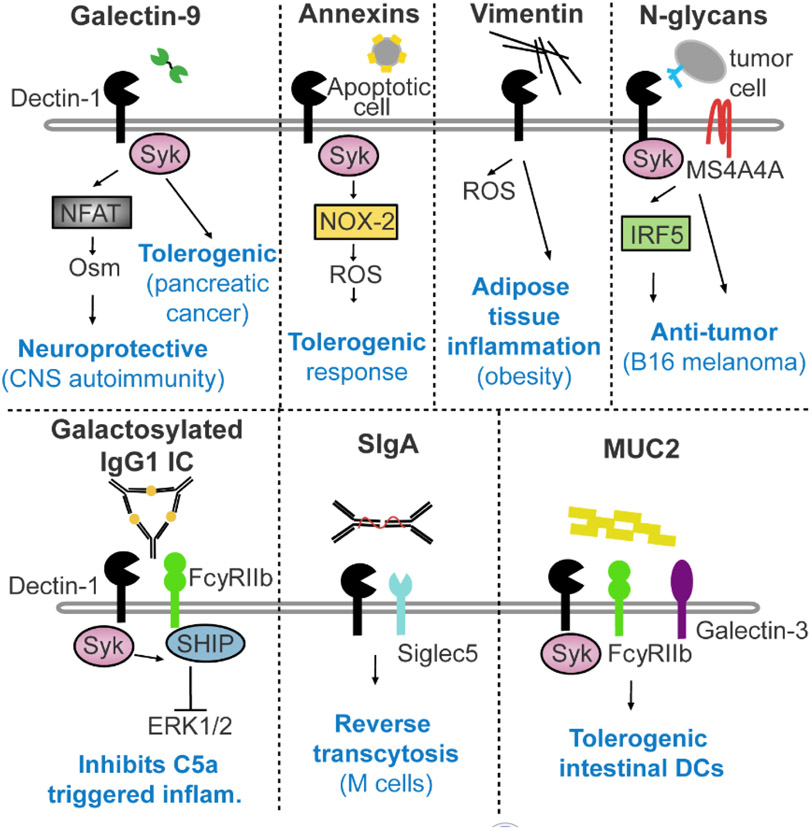Figure 1. Endogenous Dectin-1 ligands and outcomes.
Endogenous Dectin-1 ligands, which have been previously reported from studies in mice and humans, are indicated. Galectin-9 has been implicated in driving Syk/NFAT-dependent expression of Oncostatin M (Osm) in a mouse model of CNS autoimmunity [15] and promoting a tolerogenic immune response in a mouse model of pancreatic cancer [30]. Annexins on apoptotic cells can trigger a tolerogenic response in myeloid cells via NOX-2 signaling [75], while vimentin can induce reactive oxygen species (ROS) production by human monocytes via Dectin-1 signaling [73,74]. In some cases, Dectin-1 is known to cooperate with other cell surface molecules upon detection of endogenous ligands, specifically working with MS4A4A to detect N-glycans on tumor cells [76], partnering with FcγRIIB to recognize galactosylated IgG1 immune complexes (ICs) [25], binding secretory IgA (SIgA) with Siglec5 [1], and acting with FcγRIIB and Galectin-3 to recognize MUC2 [26]. Signaling mechanisms downstream of Dectin-1 and outcomes of Dectin-1 ligation have been shown to vary depending on the specific ligands. Inflam: inflammation.

